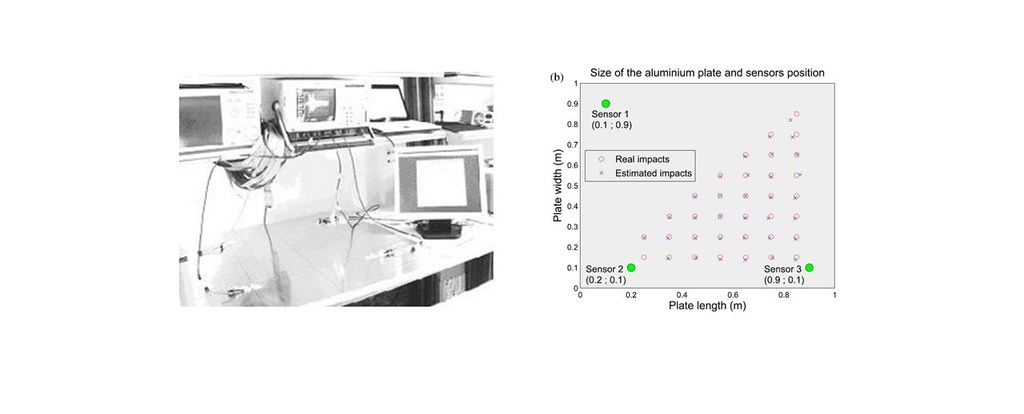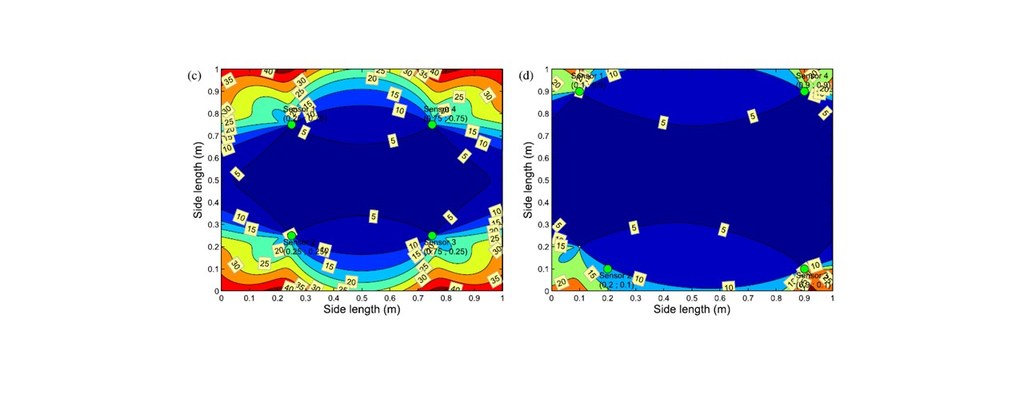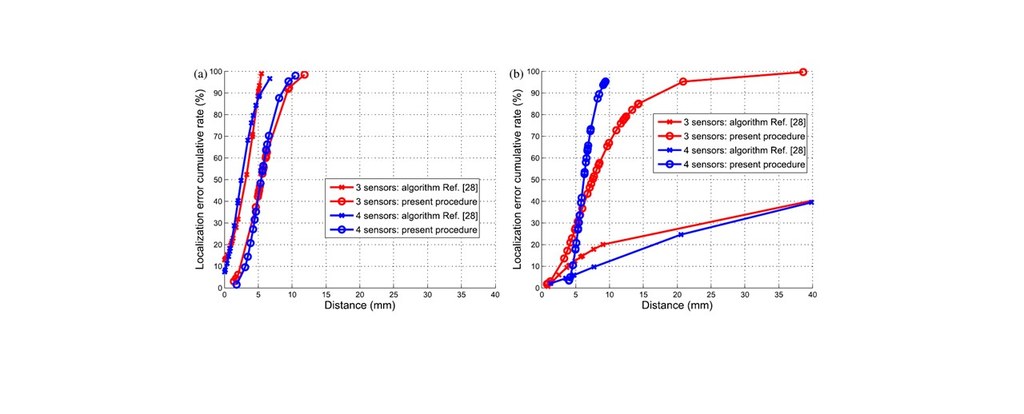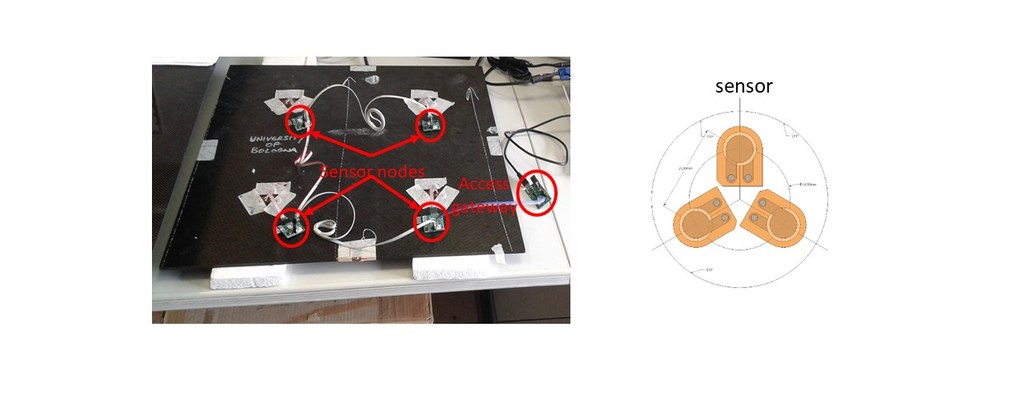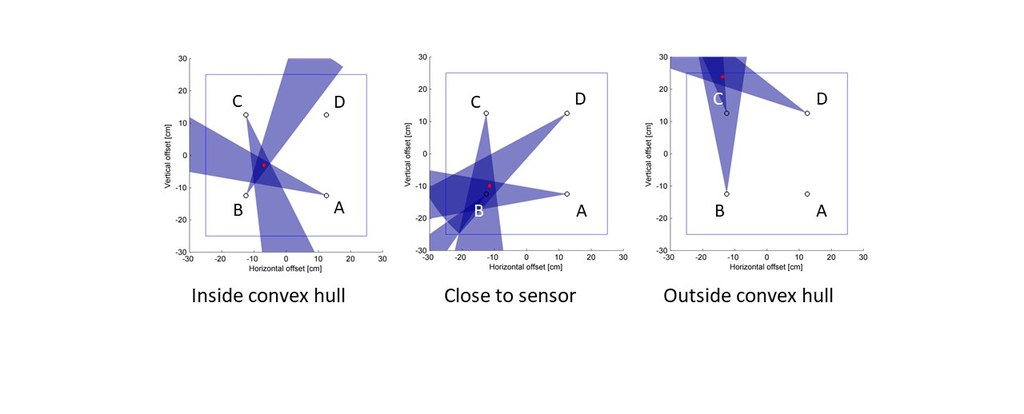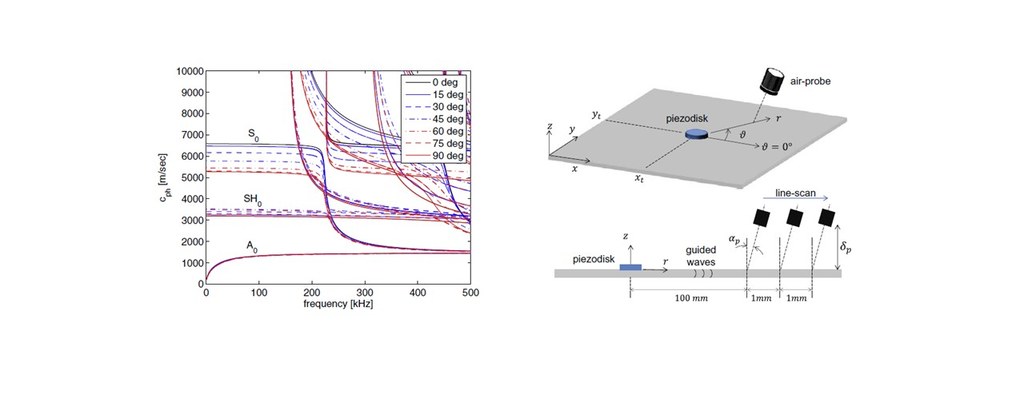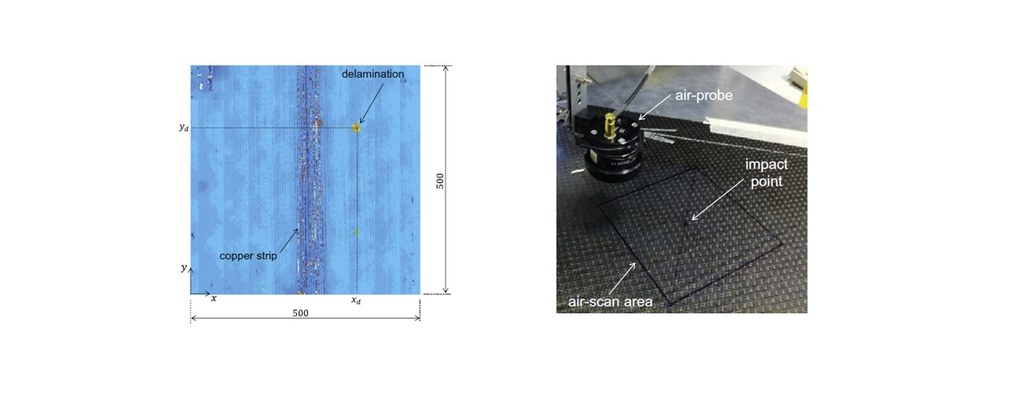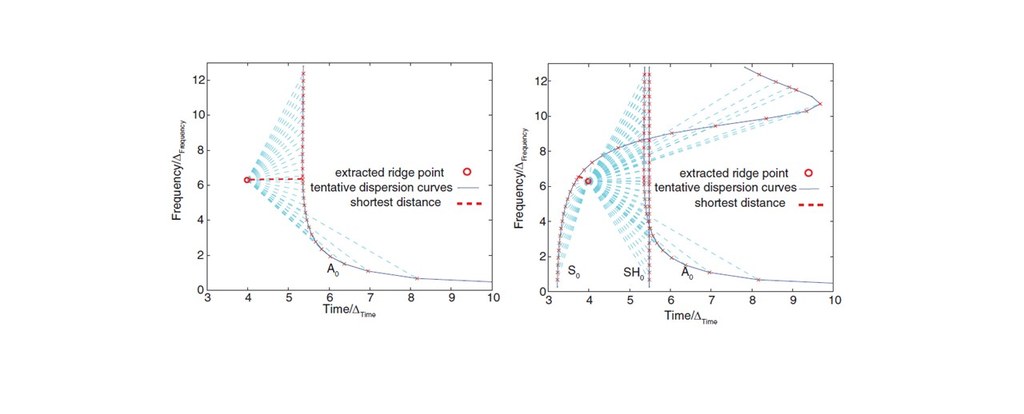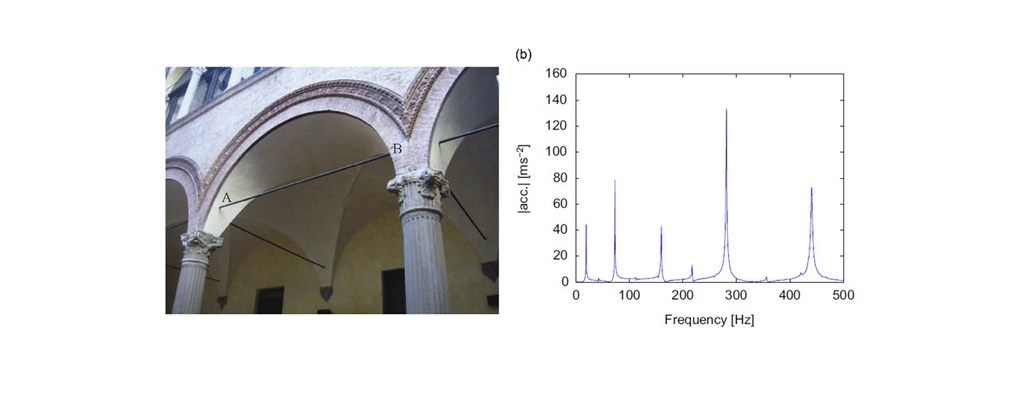NDT and SHM for Materials and Structures
Defect/source localization in plates via guided waves
In this research a method for impact location in plate-like structures based on a dispersion compensation procedure of guided waves is under development. Procedures based on dispersion compensation are usually applied to active monitoring techniques, as they require the knowledge of the time of impact to effectively compensate the guided waves dispersive behaviour. Unfortunately, this knowledge is not given in passive monitoring techniques. Despite this limit, the idea is to show how dispersion compensation procedure can be used to remove in the group delay of the acquired signals the dependency on the travelled distance. By comparing the signals related to the same event acquired at different sensors the difference in travelled distances can be determined and thus used to locate the wave source via hyperbolic positioning.
References
- P. Rizzo, G. Bordoni, A. Marzani, J. Vipperman, Localization of sound sources by means of unidirectional microphones, Measurement Science and Technology 20, 055202, 2009.
- L. De Marchi, A. Marzani, N. Speciale, E. Viola, A passive monitoring technique based on dispersion compensation to locate impacts in plate-like structures, Smart Materials and Structures, 20, 035021, 2011.
- A. Perelli, L. De Marchi, A. Marzani, N. Speciale, Acoustic emissions localization in plates with dispersion and reverberations by using sparse PZT sensors in passive mode, Smart Materials and Structures, 21, 025010, 2012.
Dynamic characterization of materials and structures
In this context we combine numerical modeling, experiments, and signal processing, towards the characterization of materials and structures. Novel aspects consisted in the identification of ancient tie-rods using added masses and modal testing, characterization of phononic noise barriers according to the European standards EN 1793-2, EN 1793-5 and EN 1793-6, estimation of elastic moduli in isotropic and anisotropic plates using guided waves inversion.
References
- C. Gentilini, A. Marzani, M. Mazzotti, Nondestructive characterization of tie-rods by means of dynamic testing, added masses and genetic algorithms, Journal of Sound and Vibration, 332, 76–101, 2013.
- A. Marzani, L. De Marchi, Characterization of the elastic moduli in composite plates via dispersive guided waves data and genetic algorithms. Journal of Intelligent Material Systems and Structures, 24(17), 2135-2147, 2013.
- N. Testoni, L. De Marchi, A. Marzani, Detection and characterization of delaminations in composite plates via air-coupled probes and warped-domain filtering, Composite Structures, 153, 773–781, 2016.
